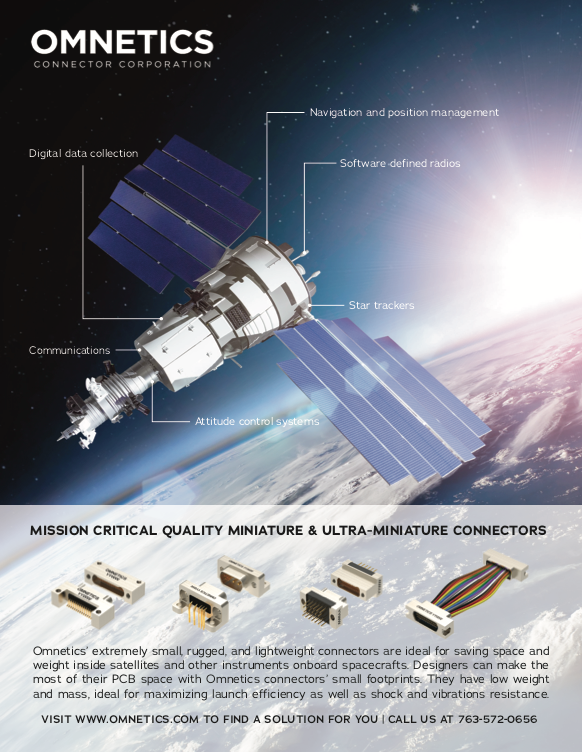“The dinosaurs became extinct because they didn’t have a space program,” science fiction author Larry Niven once observed. Although Niven was talking about asteroids, he was just as correct about climate change, which has caused at least as many extinctions. Remote sensing from space is a uniquely global method of observing the Earth and has already been invaluable in tracking the progress of climate change, examining its causes and mitigating its impacts.
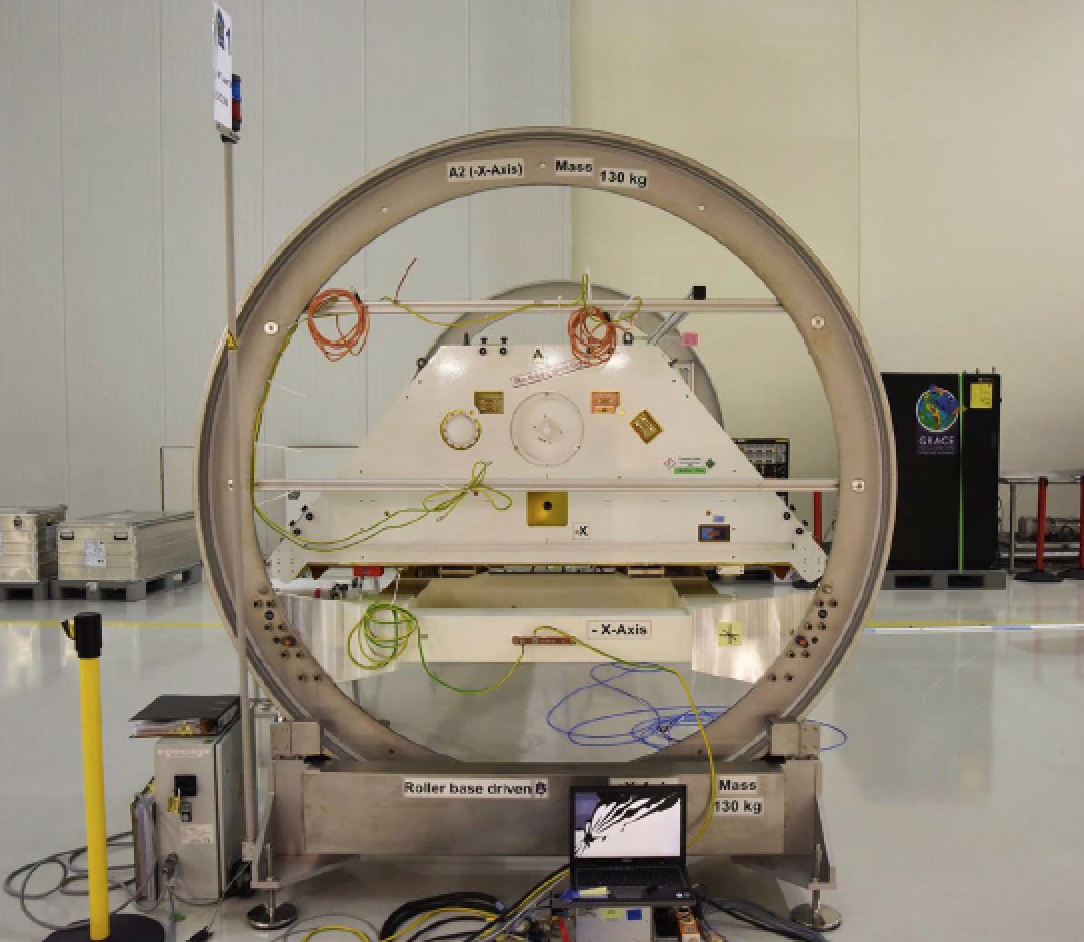
GRACE FO under construction. Photo is courtesy of NASA / JPL-Caltech/USAF
Climate change monitoring has become a core capability for government agencies and national space agencies around the world. For example, the continuous, overlapping observations from generations of National Oceanic and Atmospheric Administration (NOAA) weather satellites have produced critical data on global temperatures over the decades. Dozens of other satellites have identified and monitored climate change impacts. NASA’s JASON series of ocean altimeters has measured sea level changes to centimeter accuracy. The GRACE satellites have measured changes in glaciers and water flows from the signals they leave in Earth’s gravitational field.
NASA’s Earth Science Division recently announced their Earth System Observatory, which marks an important change in emphasis from a mission- focused architecture, where each mission and measurement has a fixed goal and lifetime, to an observatory-focused architecture. Similar to an astronomical observatory, this endeavor is focused on an overarching goal, irrespective of the technology or facilities (satellite) changes that occur over time.
As climate change continues to accelerate, significant losses are created across every sector of society. Severe weather events, such as hurricanes and wildfires, have become a terrifying reality for the residents of many towns and cities around the world. Almost half of all Fortune 500 companies have cited the effects of climate change as a risk to their operations. Climate-related drought is a threat to some of the most vulnerable populations on Earth.
With a problem of this magnitude, the solutions must involve every sector of society, as well. That’s why it is so important for the commercial satellite industry and government agencies to work together to address climate change. NOAA has started to work with the commercial sector through its Commercial Radio Occultation Data Purchase program to purchase commercial satellite data for use in weather forecast models. NASA has created its Commercial Smallsat Data Acquisition program to buy commercial data that researchers use to study the Earth.
These public-private collaborations are bringing valuable data into the government at a fraction of the price of traditional procurements. These are new initiatives for the industry and government and adjustments are necessary for both sectors. Years were required for NOAA to get to the point of purchasing commercial data and, unfortunately, that agency continues to send mixed messages to the industry through start-stop contracts and changing terms.
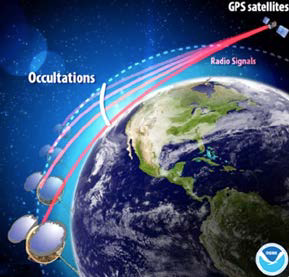
Image is courtesy of the National
Academy of Sciences.
However, the most dramatic benefits of public-private partnerships are still in the offing. Government data needs are not always met by the default commercial satellite offerings. There are a number of potential technologies that could provide dramatic climate benefits but will require more integrated and ambitious collaborations.
For example, gravity field mapping is a key measurement for observing a number of climate impacts, including ice cap and glacier melting and groundwater depletion. Unfortunately, NASA isn’t currently set up to build and operate the affordable smallsat network necessary for a permanent, high-resolution gravity observatory.
Luckily, innovators have created a number of ambitious public-private partnerships that can provide a roadmap. The recently announced Carbon Mapper project is a unique collaboration between NASA’s Jet Propulsion Laboratory (JPL), Earth observation company Planet, the State of California, and two universities.
NASA’s pioneering Commercial Cargo and Crew programs provide useful and successful examples of novel collaboration between industry and government. The Defense Department has a long history of using other transaction authority agreements (OTAs) to bring in nontraditional contractors that can provide new technologies at significantly lower costs.
From these programs and others, one can infer several useful principles to guide new climate partnerships:
Focus on key climate goals The gold standard for setting Earth observation science priorities are the tremendous volumes of the Earth Science Decadal Survey, an effort of thousands of scientists to prioritize the most urgently needed measurements to understand this changing planet. Any Earth Observation (EO) satellite partnerships should address the core priorities of the survey in a new and promising way. However, when it comes to how to accomplish the measurements, the government partner should set general standards rather than insisting on specific approaches.
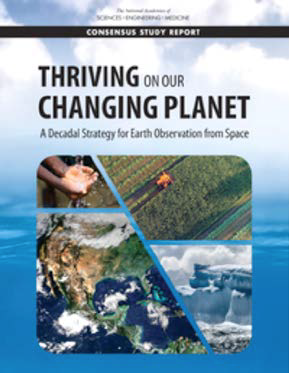
Enable competition Competition helps ensure the best ideas and implementations are selected. Space programs that lack competition tend to expand in cost and scope to fill the political space available to them. In order to ensure competition, compete across the entire scope of programs, rather than in specific niches that may have a limited number of competitive players.
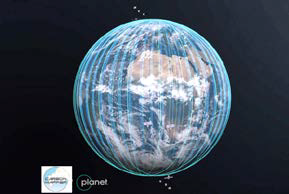
Focus on insight rather than oversight A clear and unobstructed view of the development process — including both successes and failures — is vital for any government sponsor, warts and all. Often, the government partner has learned valuable lessons over the course of many years and they should be free to share those findings. However, in the end, the private partner must be responsible for solving problems and delivering on the goals, or the benefits of the partnership start to wane.
Enable long-term thinking Require financial commitment from the private partner and a long-term data buy commitment from the government partner. Together, these create the correct incentives to create observatories rather than missions.
At their best, public-private partnerships can harness the best of both worlds. But they require in-depth conversations between industry and government to create the right mechanisms. Too often, industry proposes solutions that don’t solve a key government need, and government creates programs that are incompatible with commercial approaches. We should all be looking to bridge the gap and find the solutions the world needs as it faces the unprecedented challenge of climate change.
geooptics.com
Author Alex Saltman is the Chief Executive Officer of GeoOptics, a leading global provider of science-quality atmospheric data from space.


